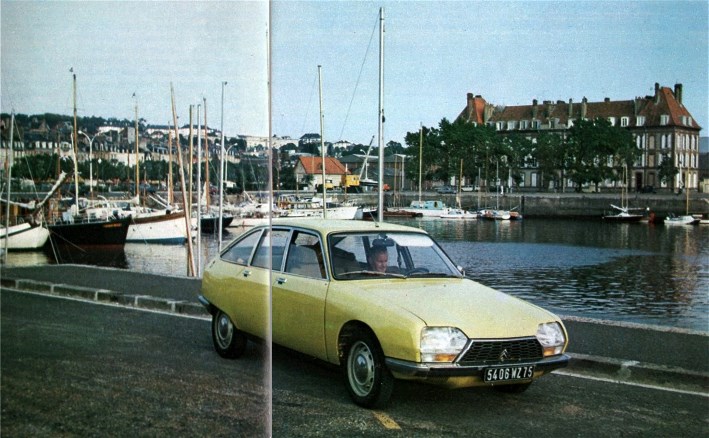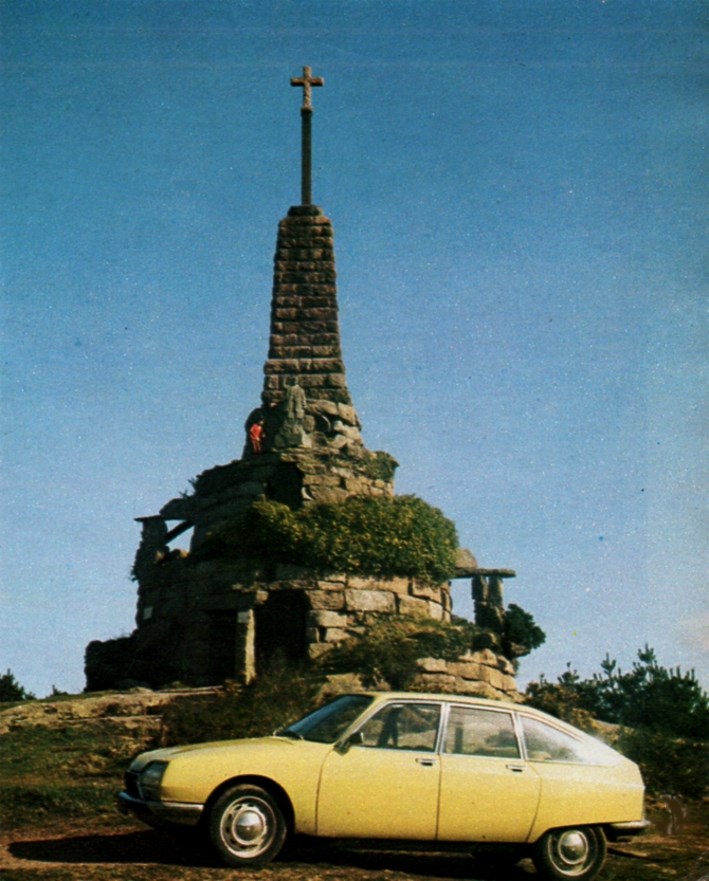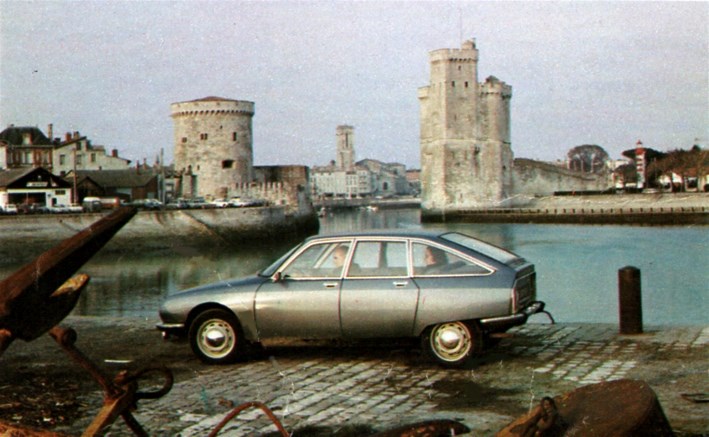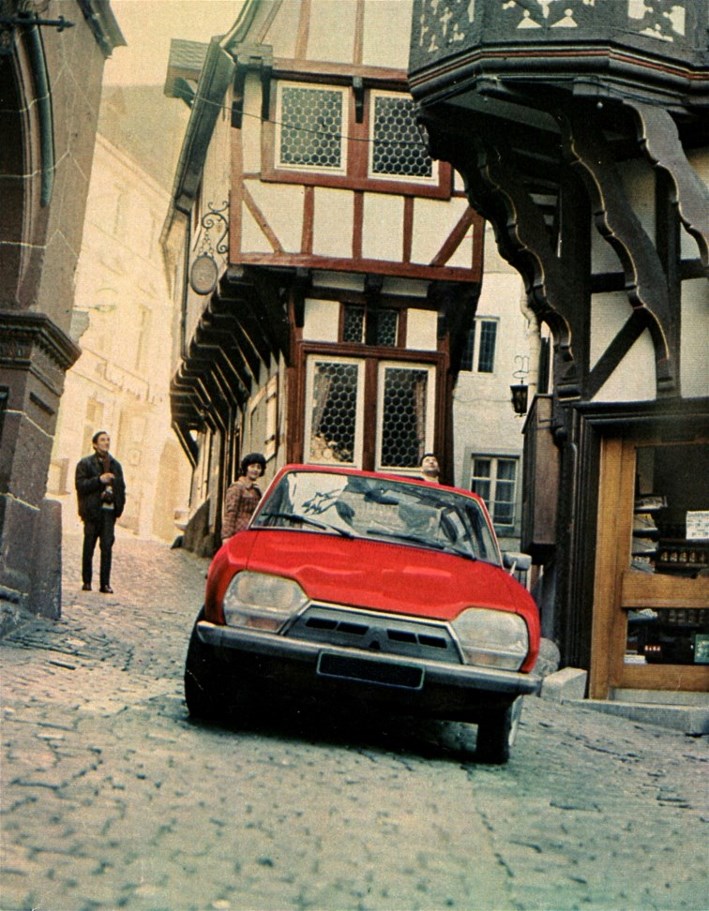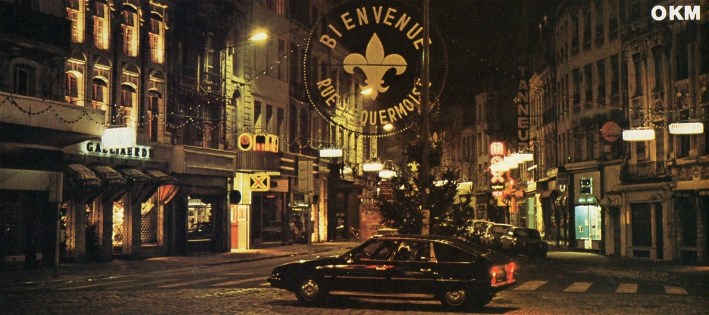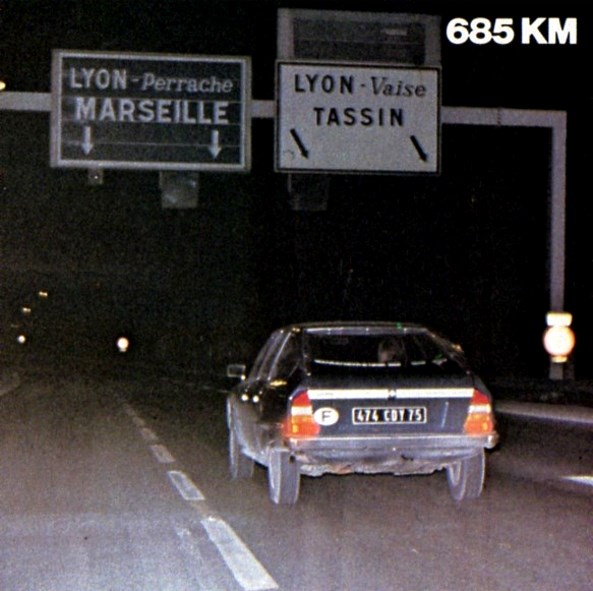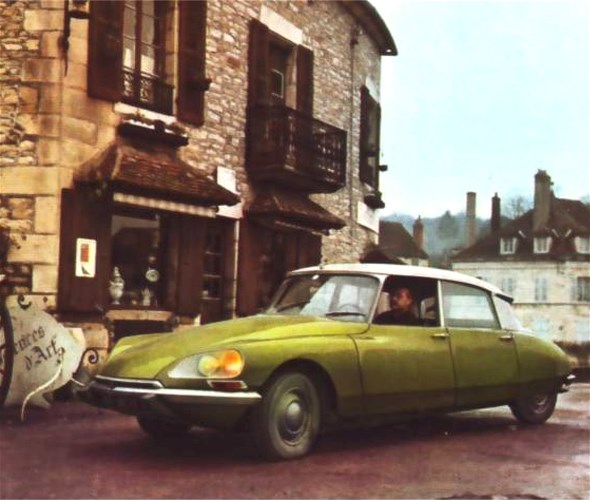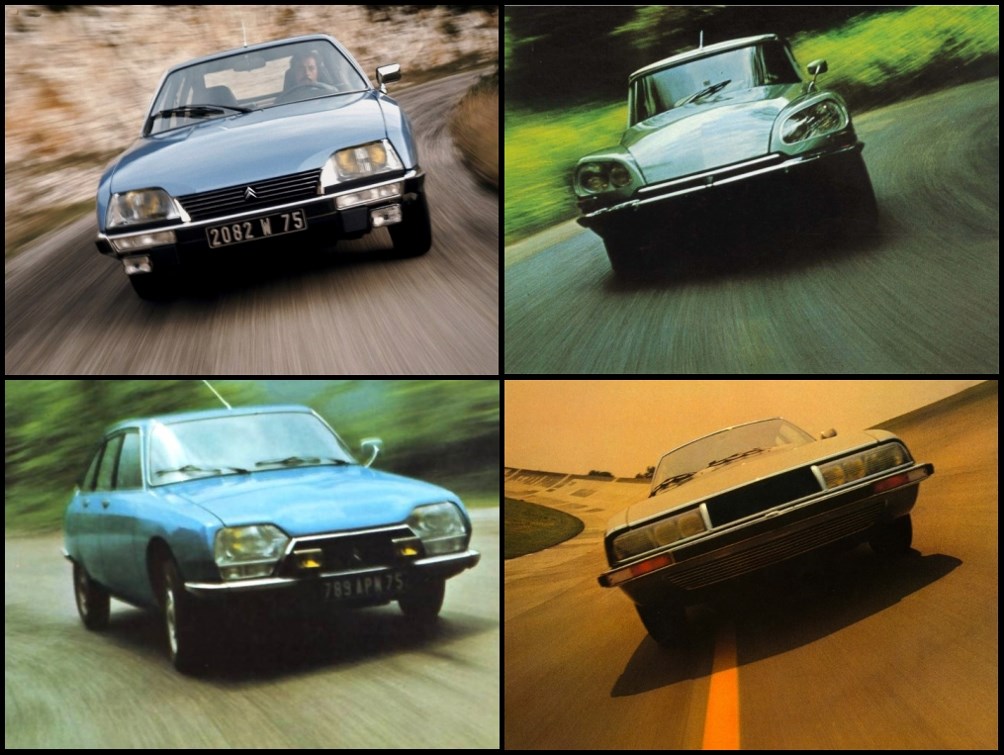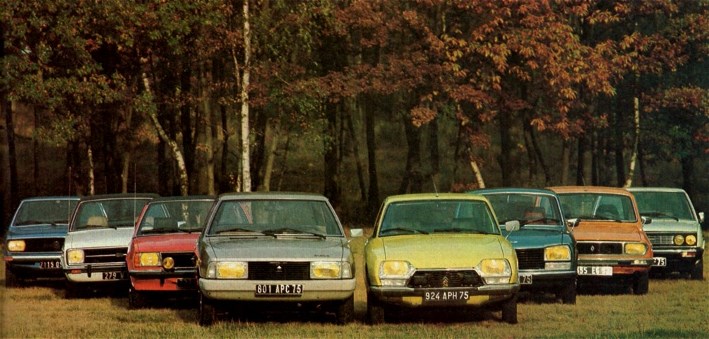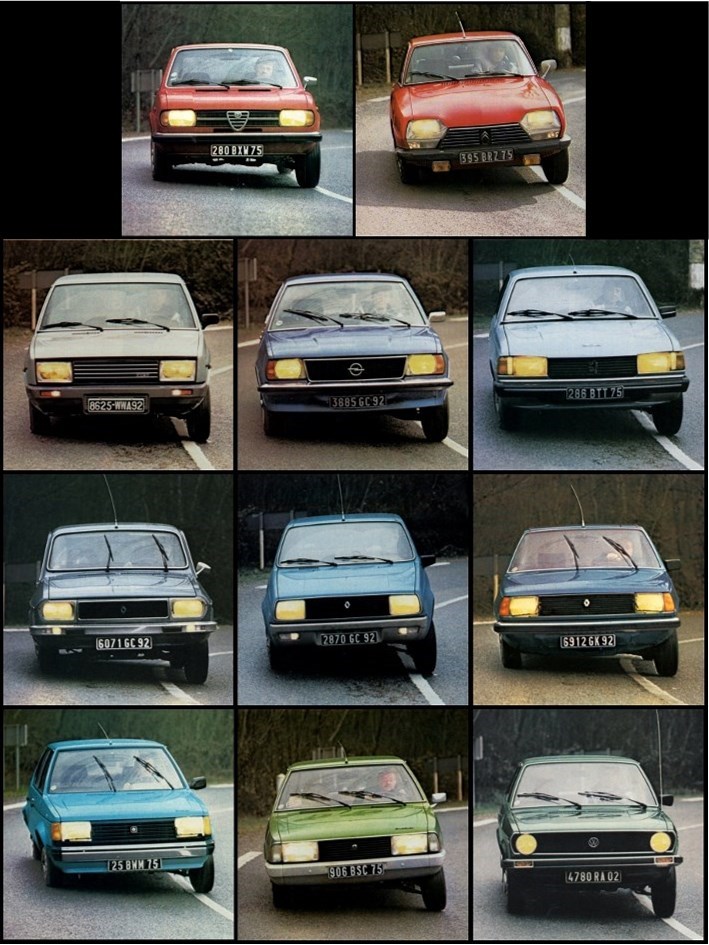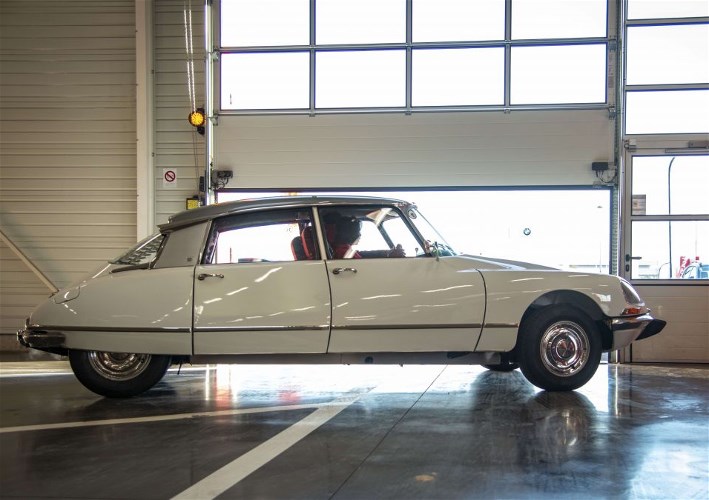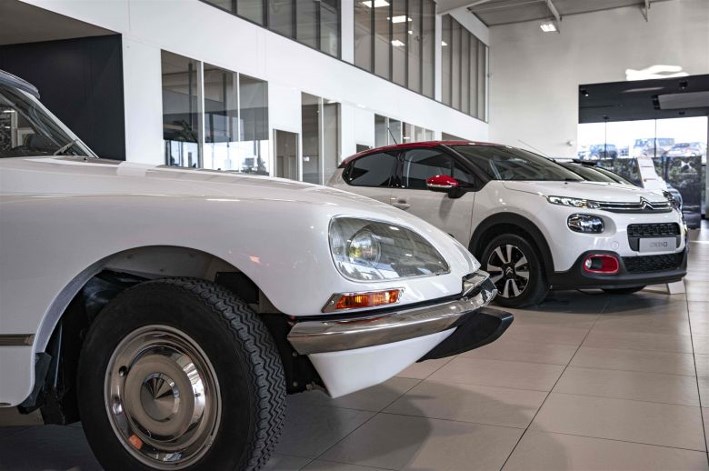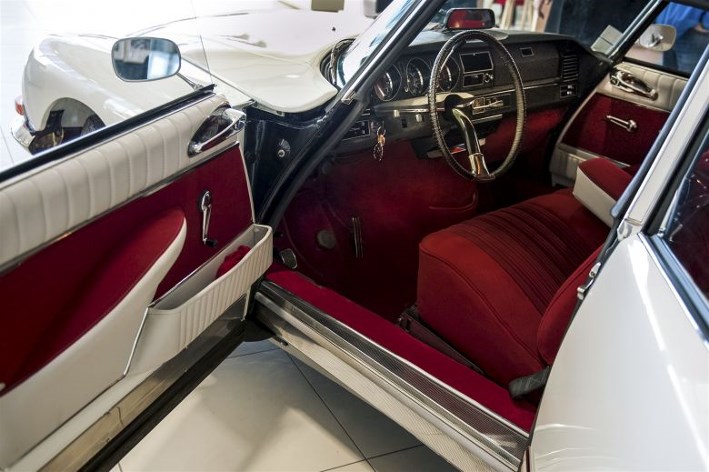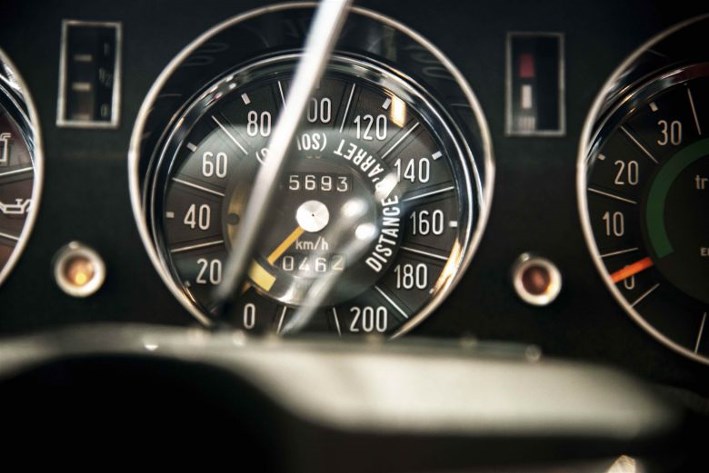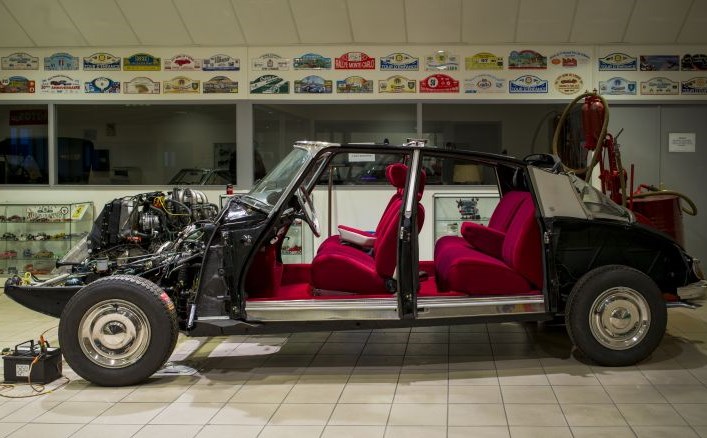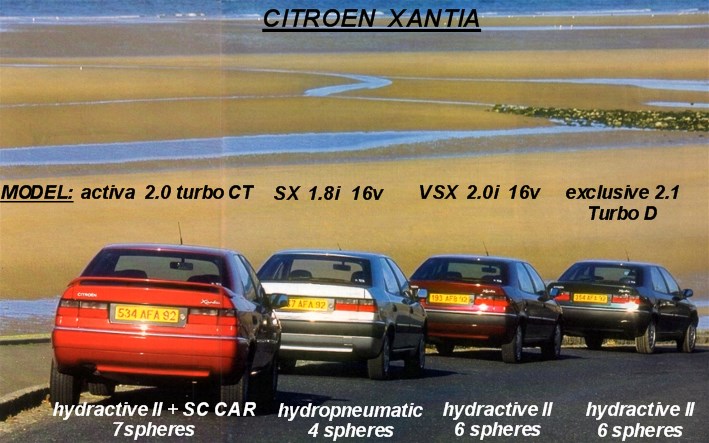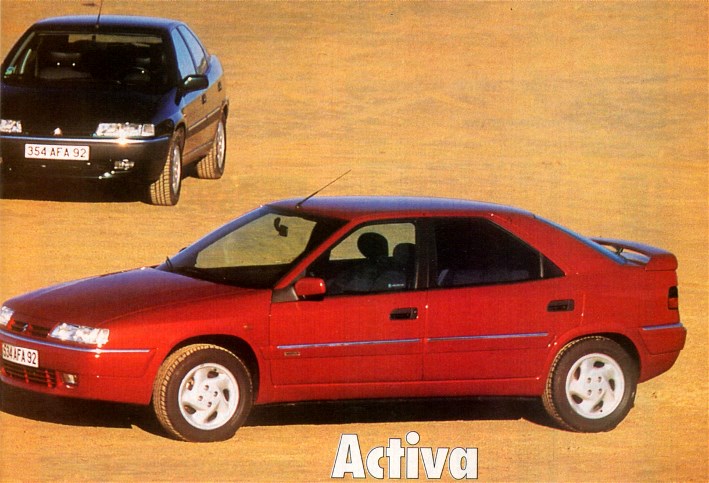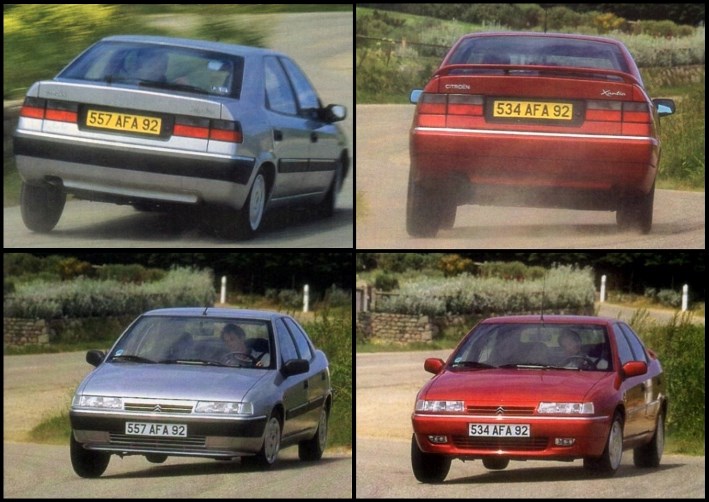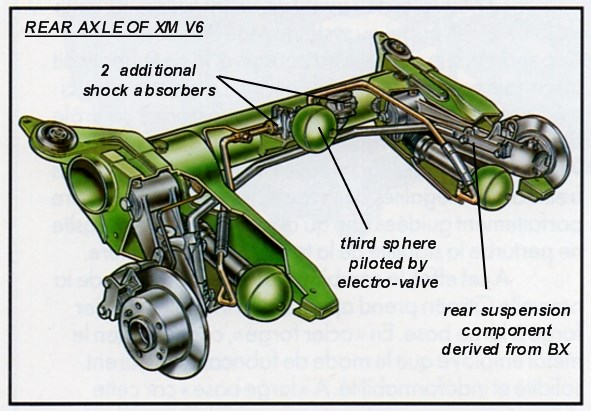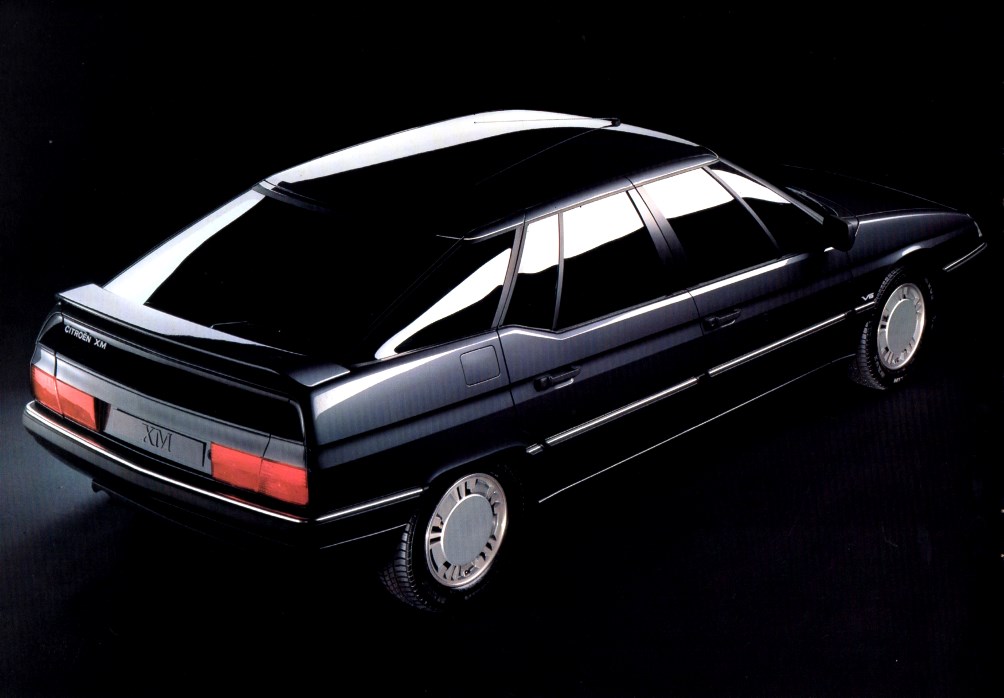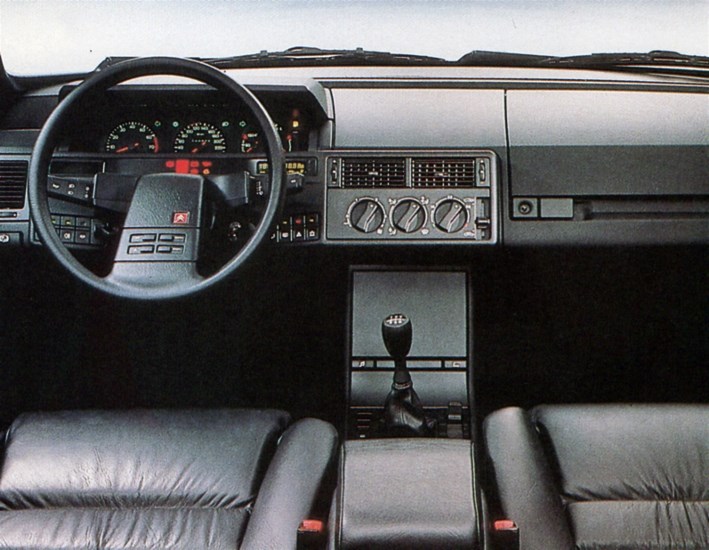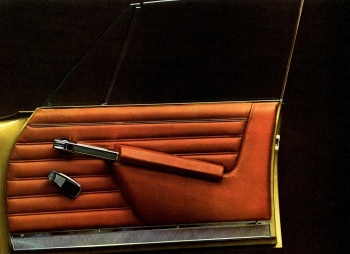In 1994, for the 40th anniversary of the hydropneumatic suspension, Citroën presented Xantia Activa equiped with a new anti-rolling device named SC CAR (Système Citroën Contrôle Actif du Roulis).


Production of models with hydropneumatic suspension until 1994

PxV = constant. From the 15/6 H to Xantia Activa, hydropneumatic is working according the law of Mariotte (see the first post of this thread)

Paul Magès, who created most of hydraulic devices on the DS, had imagined an anti-rolling suspension entirely hydraulic on the same principle than the height control, a kind of transversal control. Too expensive, with too slow reactions, this system was left. Hydraulics had not the short response times of actual electronic. For the assisted steering, he had already invented in 1960 the assistance according the speed of the vehicle (with a centrifugal regulator), a device that we shall find ten years later on the SM.

1987 : With the BX GTI 16 valves, the limits of a basic hydropneumatic suspension are reached. For a sport car, a classic system seem more efficient and even more comfortable! 160 ch, 220 km/h and 1100 Kg only, big anti-rolling bars and increased gas pressure in the spheres are necessary. It was before the XM and hydractive suspension.
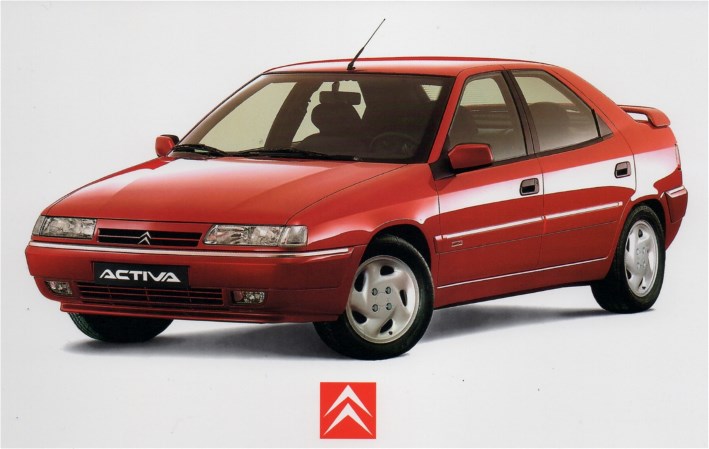
1994 : the new Xantia Activa

SC CAR is an additonal device totally independant of Hydractive suspension.
2 jacks (front left and rear right) are able to keep straight the car in curve.
A specific sphere, assembled to make the suspension more flexible in straight, is disconnected when the calculator ask it.
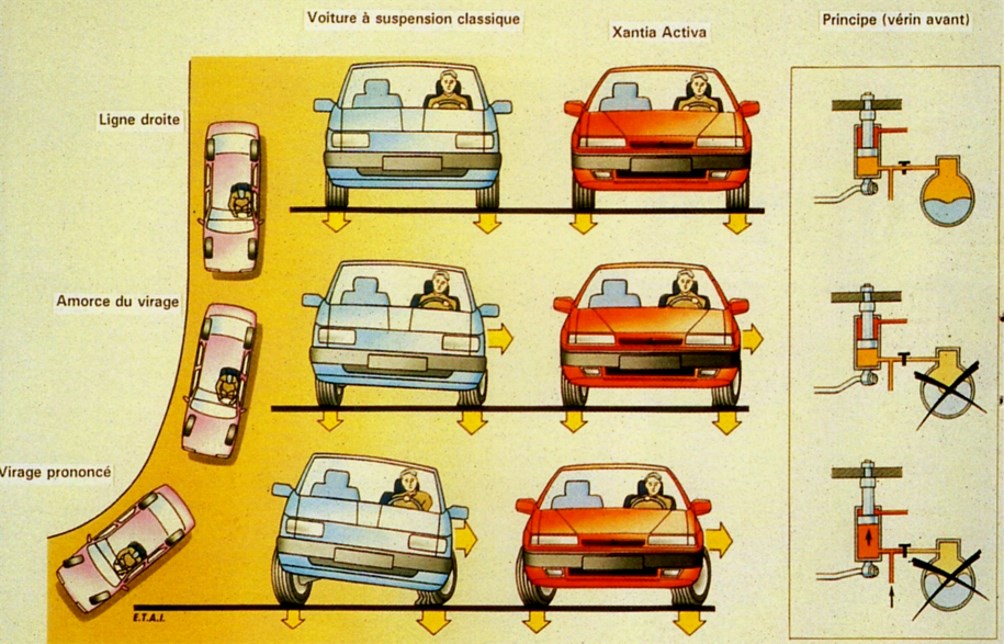

Front jack : Like a jack of assisted steering, high pressure on the small piston section, modulated pressure on the large one.

Rear jack

Additional sphere











